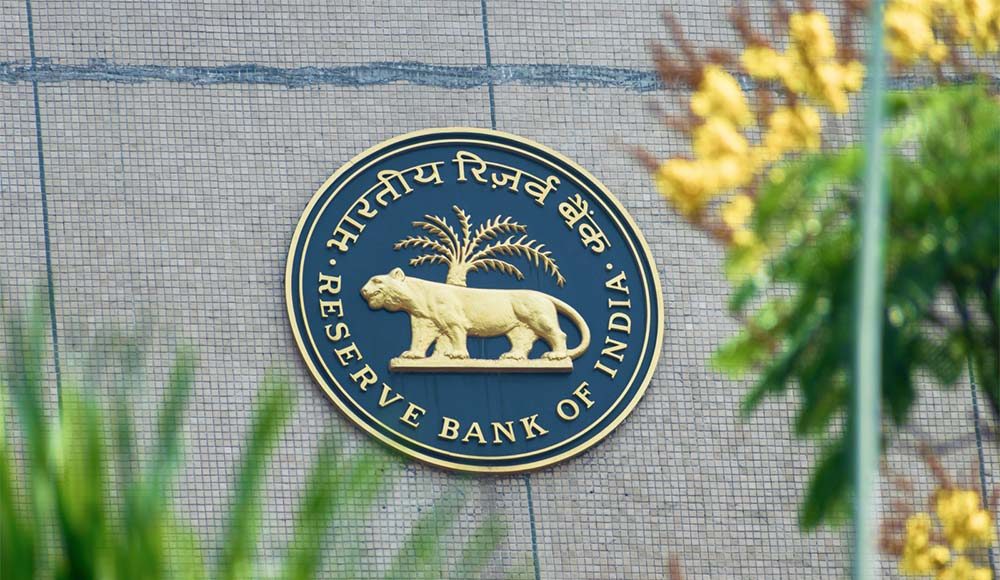The Reserve Bank of India (RBI) plays a critical role in shaping India’s financial ecosystem. As the central bank of the country, its policies are designed to maintain monetary stability, promote economic growth, and ensure financial inclusion. RBI policies influence everything from interest rates to the availability of credit, and they directly impact businesses, consumers, and the overall health of the economy. In this blog, we will explore how RBI policies affect various aspects of the financial landscape and what makes them crucial to the country’s economic progress.
The Role of RBI in India’s Economy
Established in 1935, the Reserve Bank of India is the apex monetary authority in India. The RBI is responsible for managing the country’s monetary policy, regulating financial institutions, and ensuring the overall stability of the financial system. It acts as a banker to the government and other financial institutions, as well as a key player in the development of the nation’s banking infrastructure.
Key Functions of RBI:
- Monetary Policy Formulation: The RBI is responsible for formulating and implementing monetary policy aimed at controlling inflation, maintaining exchange rate stability, and ensuring adequate credit flow to key sectors of the economy.
- Regulation of Financial Institutions: RBI oversees banks, non-banking financial companies (NBFCs), and other financial institutions to ensure compliance with regulatory norms.
- Currency Management: The RBI is responsible for issuing currency notes and ensuring the smooth functioning of the currency system.
- Financial Inclusion: The RBI works towards bringing unbanked populations into the formal financial system through various schemes and initiatives.
- Foreign Exchange Management: The RBI also plays a vital role in managing India’s foreign exchange reserves and implementing policies related to foreign exchange.
How RBI Policies Impact the Financial Landscape
RBI policies influence multiple facets of the financial ecosystem in India, including interest rates, inflation control, bank lending, investment patterns, and economic growth. Below are some key areas where the RBI’s policies have a direct impact:
1. Monetary Policy and Interest Rates
One of the most significant tools at the RBI’s disposal is monetary policy. The primary goal of monetary policy is to control inflation and stabilize the economy by adjusting the repo rate, reverse repo rate, and other interest rates. By raising or lowering these rates, the RBI can influence the cost of borrowing and the amount of money circulating in the economy.
- Repo Rate: The rate at which commercial banks borrow money from the RBI. A change in the repo rate directly affects lending rates and the cost of loans.
- Reverse Repo Rate: The rate at which commercial banks park their excess funds with the RBI. Changes in this rate influence liquidity in the banking system.
Impact on Financial Landscape:
- When the RBI raises interest rates, loans become more expensive, which can reduce consumer and business spending, helping to control inflation.
- Lower interest rates encourage borrowing and investment, stimulating economic growth.
2. Inflation Control and Price Stability
Inflation has a direct impact on purchasing power and the overall economic stability of the country. The RBI is tasked with managing inflation through its monetary policy tools. The central bank aims for an inflation target of around 4% (with a tolerance band of ±2%) to ensure that inflation does not spiral out of control.
Impact on Financial Landscape:
- By controlling inflation, the RBI helps maintain the value of the Indian Rupee, ensuring price stability for consumers and businesses.
- Stable inflation levels lead to better planning for businesses, as they can predict costs and make informed investment decisions.
3. Banking Regulations and Credit Flow
The RBI ensures that financial institutions operate within a framework that maintains the health and stability of the banking system. By setting capital adequacy requirements, enforcing prudential norms, and regulating lending practices, the RBI maintains the soundness of the financial sector.
Impact on Financial Landscape:
- Stricter credit regulations ensure that banks lend responsibly, reducing the risk of defaults and ensuring that businesses and consumers can access credit in a healthy and sustainable manner.
- The RBI also uses tools like cash reserve ratio (CRR) and statutory liquidity ratio (SLR) to regulate the amount of funds that banks must set aside, impacting their ability to lend.
4. Foreign Exchange Management
The RBI plays a crucial role in managing the country’s foreign exchange reserves and the exchange rate of the Indian Rupee. It intervenes in the foreign exchange market to maintain the stability of the Rupee against other currencies and control fluctuations that can hurt the economy.
Impact on Financial Landscape:
- By managing exchange rates, the RBI ensures that foreign trade remains stable and that the Indian Rupee remains competitive in the global market.
- Adequate foreign exchange reserves provide the country with a buffer against external shocks like global recessions, trade imbalances, or rising oil prices.
5. Financial Inclusion Initiatives
The RBI has launched several initiatives to promote financial inclusion, ensuring that all sections of the population, particularly those in rural areas, have access to banking services. Programs like Pradhan Mantri Jan Dhan Yojana (PMJDY) and Digital Banking have been introduced to bring underserved populations into the formal financial system.
Impact on Financial Landscape:
- Increased Access to Banking: Financial inclusion initiatives help in the creation of savings accounts, insurance, credit, and pension services for the unbanked, contributing to greater economic participation.
- Boost to Digital Payments: The promotion of digital banking and payments platforms has enabled faster, safer, and more transparent financial transactions.
6. Monetary Policy and Economic Growth
RBI policies also play a significant role in driving economic growth. By controlling inflation, promoting credit availability, and supporting key sectors such as agriculture, manufacturing, and services, the RBI directly influences the growth trajectory of the economy.
Impact on Financial Landscape:
- By fostering a favorable lending environment and encouraging investment, the RBI can contribute to an increase in gross domestic product (GDP).
- Economic growth, in turn, leads to increased consumer spending, job creation, and improved business performance.
RBI’s Response to Crisis Situations
The RBI is also pivotal in responding to economic crises. For example, during the COVID-19 pandemic, the RBI took several steps to provide liquidity to the economy, such as cutting repo rates, introducing moratoriums on loan repayments, and relaxing certain banking regulations. These measures helped businesses and individuals weather the financial impact of the pandemic.
Impact on Financial Landscape:
- In times of crisis, RBI interventions can prevent a liquidity crunch, ensure the availability of credit, and stabilize financial markets.
- By acting as a stabilizer during downturns, the RBI helps in restoring confidence in the economy and the banking system.
Conclusion: The RBI’s Pivotal Role in Shaping the Financial Landscape
The Reserve Bank of India’s policies are a fundamental pillar of India’s financial system. By managing inflation, regulating credit flow, overseeing financial institutions, and ensuring financial inclusion, the RBI plays an instrumental role in maintaining economic stability and growth. As the Indian economy continues to evolve, the RBI’s ability to adapt to changing global dynamics and domestic needs will be crucial in shaping the future of India’s financial landscape.



































